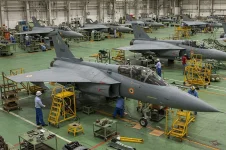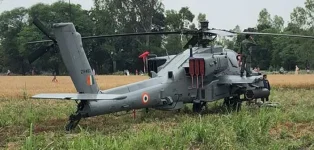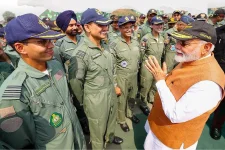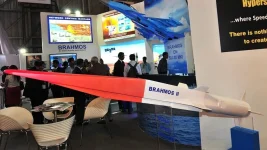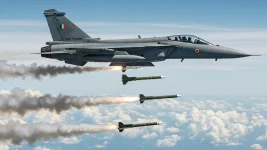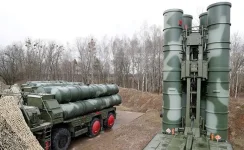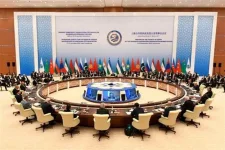India is deliberately choosing to advance its own domestic fighter jet program instead of purchasing high-profile foreign aircraft like the American F-35 or the Russian Su-57, according to an academic analysis.
This strategic direction is driven by the nation's foundational policy of achieving self-reliance in the defence sector.
Mumin Chen, a professor at Taiwan's National Chung Hsing University, told international media that India’s primary focus is on the successful development of its indigenous Advanced Medium Combat Aircraft (AMCA).
He argues that this commitment to the "Self-Reliant India" policy makes the near-term acquisition of advanced foreign fighters highly improbable.
At the core of this strategy is the AMCA, which is set to be India's first fifth-generation stealth fighter.
Developed by the Aeronautical Development Agency (ADA) and Hindustan Aeronautics Limited (HAL), the aircraft is designed to be a multi-role platform featuring advanced stealth capabilities, supercruise ability (flying at supersonic speeds without afterburners), and state-of-the-art electronics.
In a major step forward, India's Cabinet Committee on Security (CCS) officially sanctioned the project in March 2024, clearing the path for the development of five prototypes. The first flight is anticipated by 2028, with serial production expected to commence in the next decade.
While the American F-35 Lightning II and Russia's Su-57E export model are considered two of the most advanced fighters globally, both present significant challenges for India.
According to the analysis, acquiring the F-35 would involve steep operational costs and strict U.S. end-user agreements that could limit India's operational independence.
Similarly, questions surrounding the developmental progress and stealth characteristics of the Su-57 have made it a less compelling option for the Indian Air Force (IAF).
The decision to bypass these foreign jets is also a calculated financial and industrial one. Investing billions of dollars in an overseas platform would divert essential funding and resources from India’s own aerospace ecosystem.
This ecosystem is currently focused on a pipeline of domestic projects, including the ongoing production and induction of the Tejas Light Combat Aircraft (LCA) Mk1A and the development of the more powerful Tejas Mk2, which are critical to bolstering the IAF's squadron numbers.
These indigenous aircraft, along with the existing fleet of French Rafales and upgraded Russian Su-30 MKIs, are seen as sufficient to maintain India's defence posture until the AMCA becomes operational.
Public discourse online mirrors this strategic thinking, with many expressing support for nurturing home-grown technology.
Defence observers frequently note that developing the AMCA in-house allows India to retain critical technology and intellectual property, which is crucial for long-term security and technological growth.
Ultimately, Professor Chen's assessment highlights a clear shift in India's defence procurement strategy. The nation is moving away from being a simple importer of military hardware towards becoming a developer of advanced technologies.
By prioritising the AMCA, India aims to secure its airspace with a custom-built solution and establish itself as a significant player in the global aerospace and defence industry.

